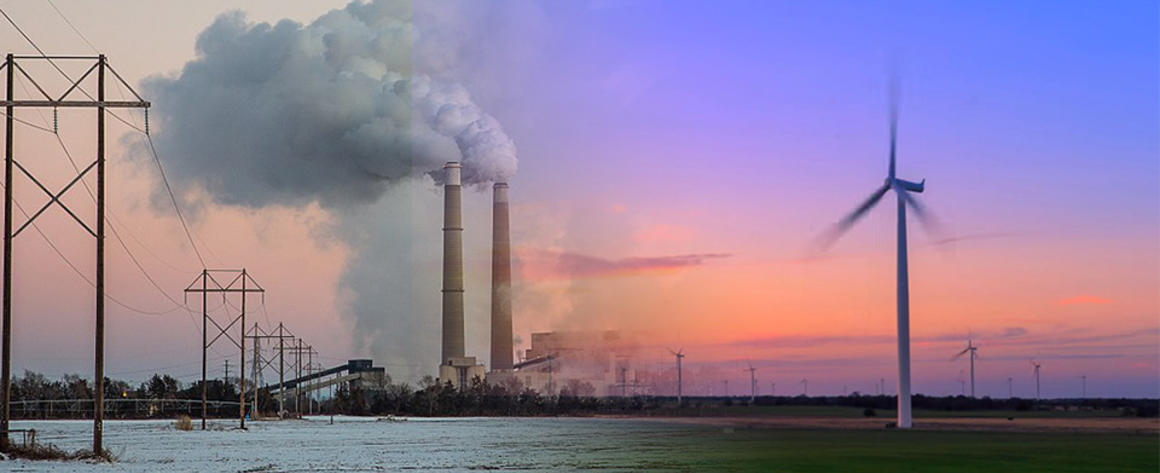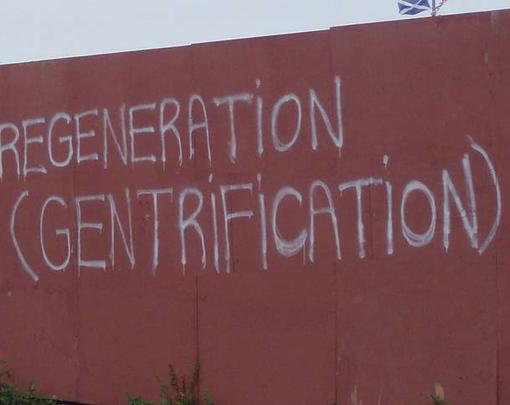Executive summary
Electric utility (re)municipalization is gaining popularity as a strategy to shift away from a reliance on fossil fuel extraction in the context of combating climate change. Across the world—from Berlin to Boulder—communities have initiated campaigns to take back their power from investor-owned (private) utilities and create publicly owned and operated utilities. Moreover, such efforts are increasingly taking on the perspective and language of energy democracy.
Energy democracy seeks not only to solve climate change, but to also address entrenched systemic inequalities. It is a vision to restructure the energy future based on inclusive engagement, where genuine participation in democratic processes provides community control and renewable energy generates local, equitably distributed wealth (Angel, 2016; Giancatarino, 2013a; Yenneti & Day, 2015). By transitioning from a privately- to a publicly owned utility, proponents of energy democracy hope to democratize the decision-making process, eliminate the overriding goal of profit maximization, and quickly transition away from fossil fuels.
Utilities are traditionally profit-oriented corporations whose structures are based on a paradigm of extraction. Following the path of least resistance, they often burden communities who do not have the political or financial capital to object to the impacts of their fossil fuel infrastructure. Residents living within three miles of a coal plant, for instance, are more likely to earn a below-average annual income and be a person of color (Patterson et al., 2011); similar statistics have been recorded for natural gas infrastructure (Bienkowski, 2015).
These utilities are in a moment of existential crisis with the rise of renewables. From gas pipelines to coal power plants, their investments are turning into stranded assets, as political leaders and investors realize that eliminating fossil fuels from the energy mix is paramount to creating healthy communities and stemming climate change.
Unfortunately, often publicly owned utilities in the United States have similar energy generation profiles to their privately owned counterparts (American Public Power Association, 2015). This paper explores the extent to which publicly owned utilities are reticent to take on the new energy paradigm and evaluates their ability to provide energy democracy compared to investor-owned utilities.
Five utilities in three states—Virginia, Ohio, and Nebraska—were selected as case studies to represent a range of regulatory, political, and geographic contexts. Data was gathered through 25 in-depth, semi-structured interviews as well as additional primary and secondary sources.
Results show that publicly owned utilities meet more of the conditions for energy democracy than investor-owned utilities, but still fall short in many respects. However, their structures provide a better platform to change their orientation to an equitable, community-controlled utility. The results of this study not only identify what principles of energy democracy currently exist in publicly owned utilities, but also provide strategies to reorient and rebuild publicly owned utilities with strong foundations in energy democracy. By looking to the strengths and pitfalls of these studied publicly owned utilities, energy democracy activists who take on (re)municipalization campaigns can intentionally build out energy democracy and create a more just energy future.
Outlined below are some of the major findings, categorized by energy democracy’s energy portfolio, political, and economic conditions:
Energy Portfolio: The publicly owned utilities studied in this paper have higher levels of renewable energy than private utilities. While one of the publicly owned utilities gains the majority of its renewable energy generation from wind, a significant amount of the publicly owned utilities’ renewables come from large-scale hydro power, which has significant environmental and community repercussions. To further energy democracy, publicly owned utilities should enable much more ambitious renewable energy goals from such sources as solar and wind.
Political: Community members’ lack of understanding of their utility’s decisions and the energy system as a whole is a pervasive problem with all utilities studied, though to varying degrees. This has a direct negative impact on participation in democratic actions—like voting or public meetings—and is particularly troubling from an equity perspective because it leaves an elite few to make decisions. Investor-owned utilities use their economic power to further capture political systems and implement their desired policies. Publicly owned utilities allow for a much larger scope of people who could participate and therefore limit elitism, while still suffering from some inequalities. To further energy democracy, publicly owned utilities should identify ways to increase community understanding and counter elitism by increasing the participation of diverse voices. This could be accomplished through such methods as input from local neighborhood assemblies and diversifying utility boards through seat allocations.
Economic: Neither utility structure studied has expansive decentralized renewable energy in their service area. A system based on decentralized renewables would require a drastic change from current business models, but this shift is much more manageable for publicly owned utilities than for investor-owned utilities that pursue profit for shareholders through constant expansion and capital-intensive—often fossil fuel-based—infrastructure projects.
The publicly owned utilities studied that own renewable energy are going through processes of partial privatization. Existing regulation has led them to rely heavily on power purchase agreements (PPAs) with large corporations—even investor-owned utilities—for their renewable energy needs. This is a double-edged sword. On the one hand, PPAs with for-profit entities can increase the long-term costs of renewable energy for a community (i.e. over the long run, it could be significantly cheaper to use bond financing to build and own renewable energy infrastructure directly). On the other hand, PPAs could be used to further distribute ownership of renewable energy if utilities entered into contracts with local community members. However, none of the utilities studied are currently pursuing this strategy.
Revenues from publicly owned utilities studied are generally paid to local governments and not shareholders, allowing profits to benefit local communities directly. This aligns well with energy democracy values, specifically keeping value local and redistributing wealth within a community. Publicly owned utilities also distributed wealth internally in a more equitable fashion. The highest-paid employees at publicly owned utilities studied never makes more than ten times the average lineman, while the highest-paid executives at investor-owned utilities makes more than one hundred times as much.
Download and Share




